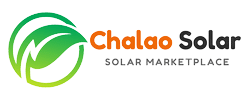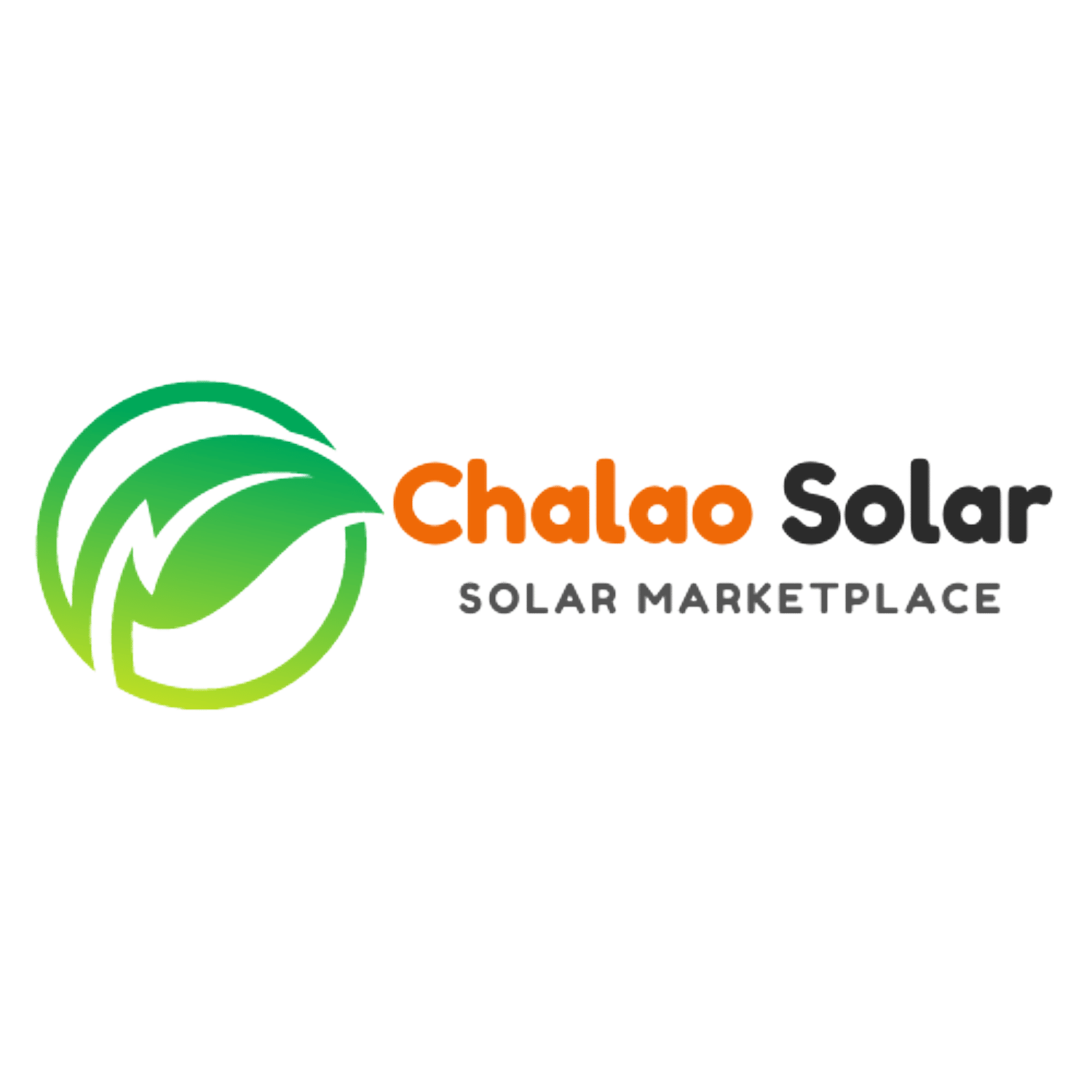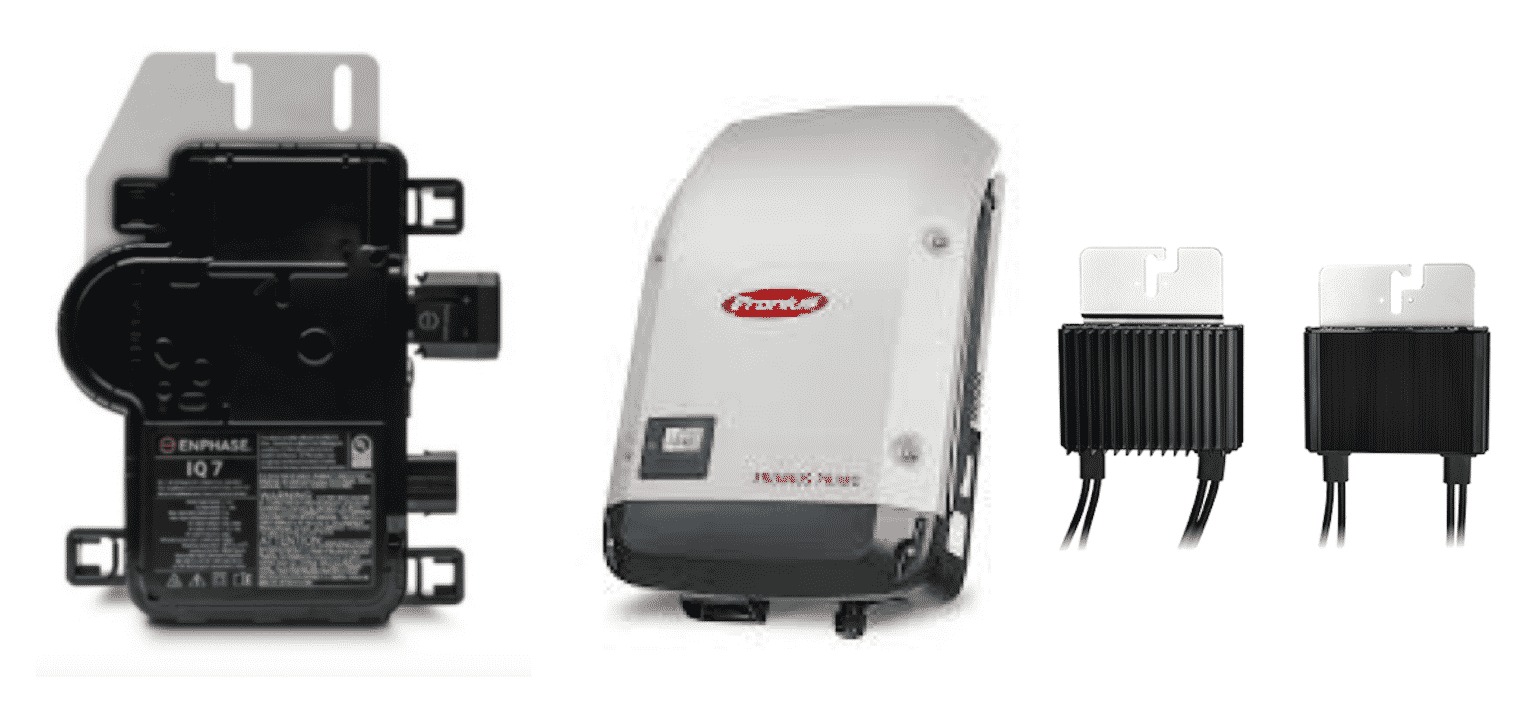In the quest for cleaner and more sustainable energy sources, solar power has emerged as a frontrunner. Solar energy, harvested through photovoltaic (PV) panels, offers an eco-friendly alternative to conventional fossil fuels. However, converting sunlight into electricity is not as straightforward as it may seem. This is where solar inverters come into play.
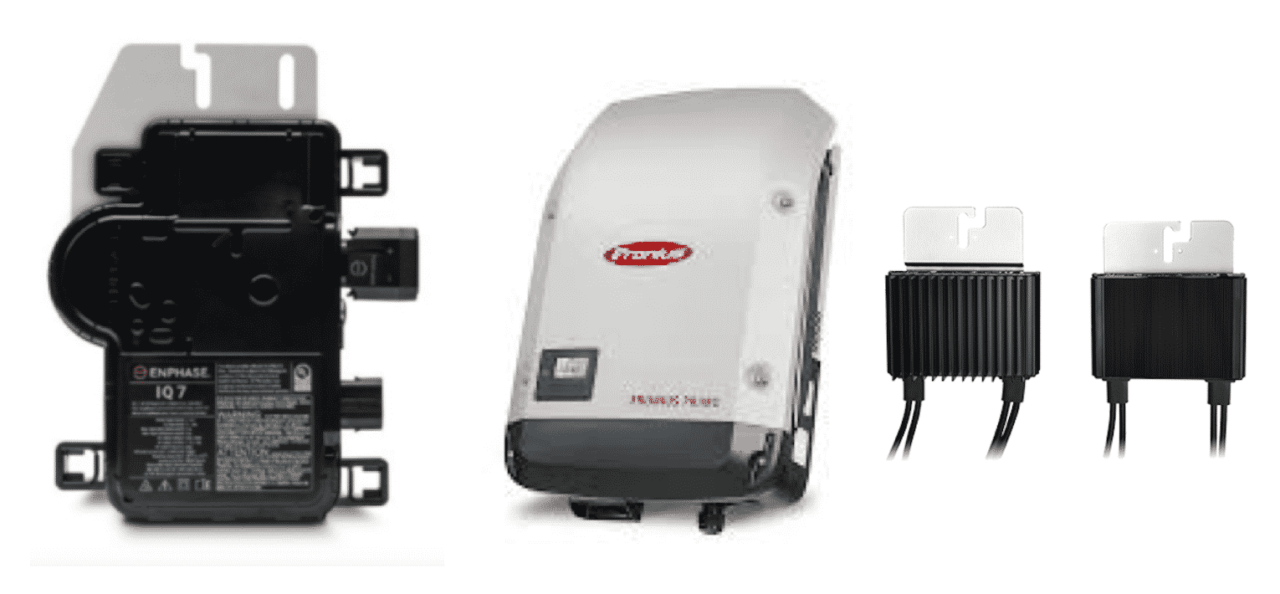
In this article, we will explore the types, advantages, and drawbacks of solar inverters, the unsung heroes of solar power systems.
Solar inverters are the heart of a solar PV system. They transform the direct current (DC) electricity generated by solar panels into alternating current (AC) electricity that can be used to power homes, businesses, and the grid. There are several types of solar inverters, each with its unique features and applications:
Types of Solar Inverters
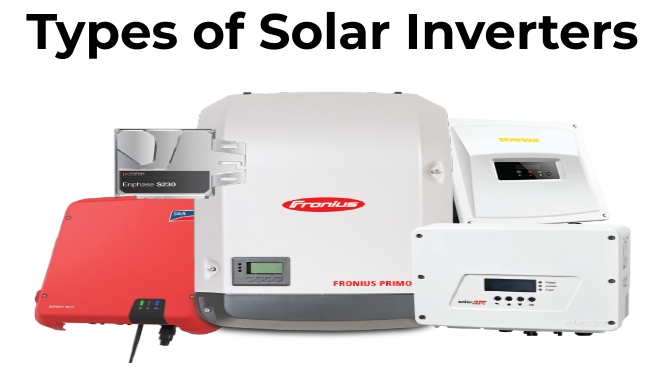
String Inverters:
These are the most common type of solar inverters and are used in residential and commercial installations. String inverters connect multiple solar panels in a series, forming a string. They are cost-effective and relatively simple to install but may suffer from performance issues if one panel is shaded or damaged.
Microinverters:
Microinverters are installed on each individual solar panel, converting DC to AC at the panel level. They optimize energy production by mitigating the impact of shading and panel mismatch. However, they are more expensive than string inverters and require more complex installation.
Power Optimizers:
Power optimizers are a compromise between string inverters and microinverters. They are installed at the panel level like microinverters but do not convert DC to AC; instead, they optimize the DC output of each panel before sending it to a central string inverter. This setup combines the advantages of both microinverters and string inverters.
Hybrid Inverters:
Hybrid inverters are designed for homes with battery storage systems. They can manage the flow of electricity between the solar panels, batteries, and the grid. This enables homeowners to store excess solar energy for use during cloudy days or at night.
Three-phase Inverters:
These inverters are suitable for larger commercial or industrial installations. They are capable of handling higher voltage and provide a more stable AC output.
Pros of Solar Inverters
- Energy Conversion: The primary function of solar inverters is to convert DC electricity from solar panels into AC electricity usable by homes and the grid. This conversion process enables us to harness solar energy effectively.
- Efficiency: Modern solar inverters are highly efficient, with conversion rates often exceeding 95%. This means minimal energy loss during the conversion process.
- Grid Interaction: Solar inverters allow solar power systems to interact with the grid. Excess electricity can be fed back into the grid, and power can be drawn from the grid when solar generation is insufficient.
- Monitoring and Control: Many solar inverters come with monitoring systems that allow users to track energy production and system performance in real time. Some control remotely for enhanced flexibility.
- Compatibility: Solar inverters are compatible with various solar panel technologies and can adapt to different installation scenarios.
Cons of Solar Inverters
- Initial Cost: While the cost of solar panels has decreased significantly, inverters still represent a substantial portion of the upfront cost of a solar power system, especially microinverters and power optimizers.
- Reliability: Like any electronic device, solar inverters can fail over time. Choosing a reputable brand and ensuring regular maintenance can mitigate this issue.
- Efficiency Loss: While inverters are highly efficient, there is still some energy loss during the conversion process. The amount of loss can vary depending on the type and quality of the inverter.
- Complexity: Microinverters and power optimizers can make installation more complex and time-consuming compared to traditional string inverters.
- Compatibility Challenges: When adding new solar panels to an existing system, compatibility between the new panels and the existing inverter can be an issue.
Conclusion
In conclusion, it plays a crucial role in the adoption of solar energy by converting the sun’s rays into usable electricity. While they have their pros and cons, technological advancements continue to improve their efficiency and reliability.
When choosing a solar inverter, it’s essential to consider your specific needs and installation requirements to make the most of your solar power system. As the world increasingly turns to renewable energy sources, solar inverters will continue to evolve, paving the way for a cleaner and more sustainable future.
FAQs
1. What is a solar inverter?
A solar inverter is a device that converts the direct current (DC) electricity generated by solar panels into alternating current (AC) electricity, which can be used to power homes and businesses or fed into the electrical grid.
2. What are the different types of solar inverters?
There are several types, including string inverters, microinverters, power optimizers, hybrid inverters, and three-phase inverters. Each type has its unique features and applications.
3. What is a string inverter, and when it used?
A string inverter connects multiple solar panels in a series, forming a “string.” It is commonly used in residential and commercial installations. String inverters are cost-effective but may suffer from performance issues if one panel is shaded or damaged.
4. What are microinverters, and what are their advantages?
Microinverters are installed on each individual solar panel and convert DC to AC at the panel level. They optimize energy production by mitigating the impact of shading and panel mismatch, leading to higher overall system efficiency.
5. What are the advantages of using power optimizers in a solar PV system?
Power optimizers, like microinverters, are installed at the panel level. They do not convert DC to AC but optimize the DC output of each panel before sending it to a central string inverter. This setup combines the advantages of both microinverters and string inverters, improving system performance.
6. What are hybrid inverters, and why are they used?
Hybrid inverters are designed for homes with battery storage systems. They can manage the flow of electricity between solar panels, batteries, and the grid, allowing homeowners to store excess solar energy for use during cloudy days or at night.
7. Are solar inverters reliable?
Solar inverters are generally reliable, but like any electronic device, they can fail over time. Choosing a reputable brand and ensuring regular maintenance can help ensure their reliability.
8. What are the advantages of solar inverters in a grid-tied system?
Solar inverters in grid-tied systems allow excess electricity to be fed back into the grid, potentially earning credits or compensation from utilities. They also enable power to be drawn from the grid when solar generation is insufficient, ensuring a stable power supply.
9. Are there any disadvantages to using solar inverters?
While these are essential components of solar power systems, they can be relatively expensive, especially microinverters and power optimizers. Additionally, there can be some energy loss during the DC-to-AC conversion process.
10. Can I add more solar panels to my existing solar inverter?
Adding new solar panels to an existing system can be possible, but it depends on the compatibility between the new panels and the existing inverter. It’s essential to consult with a solar professional to assess the feasibility of such an expansion.
